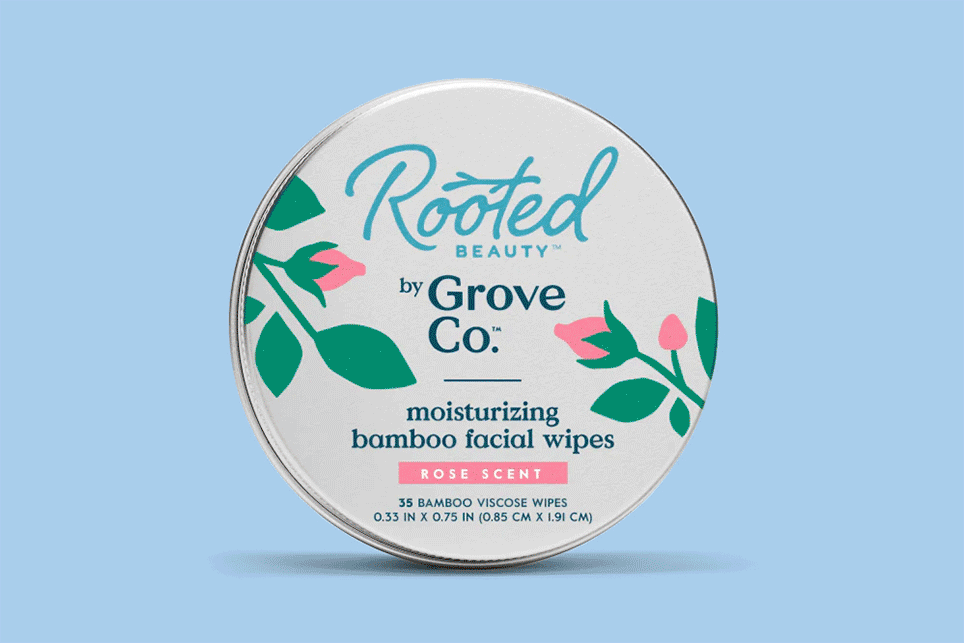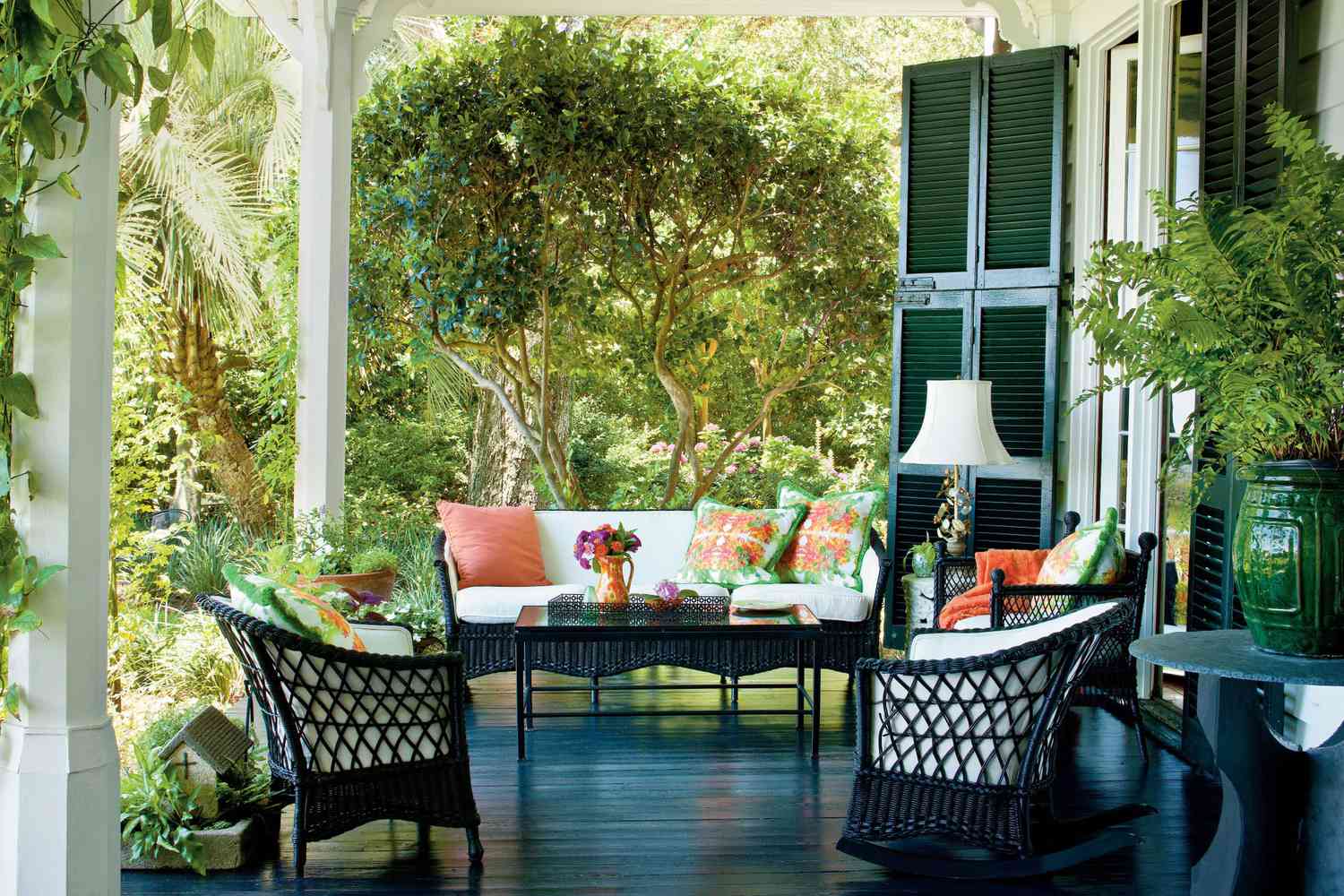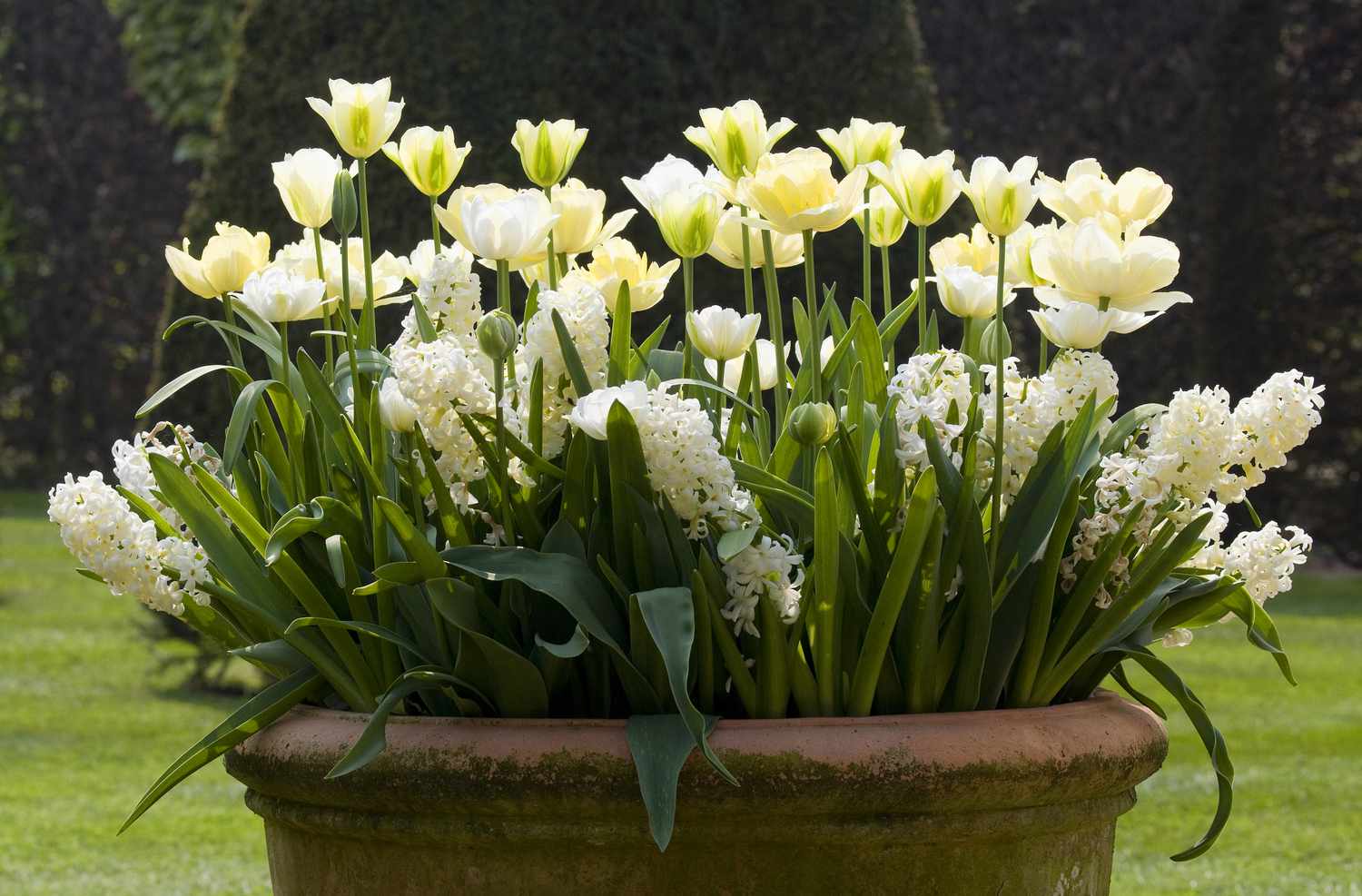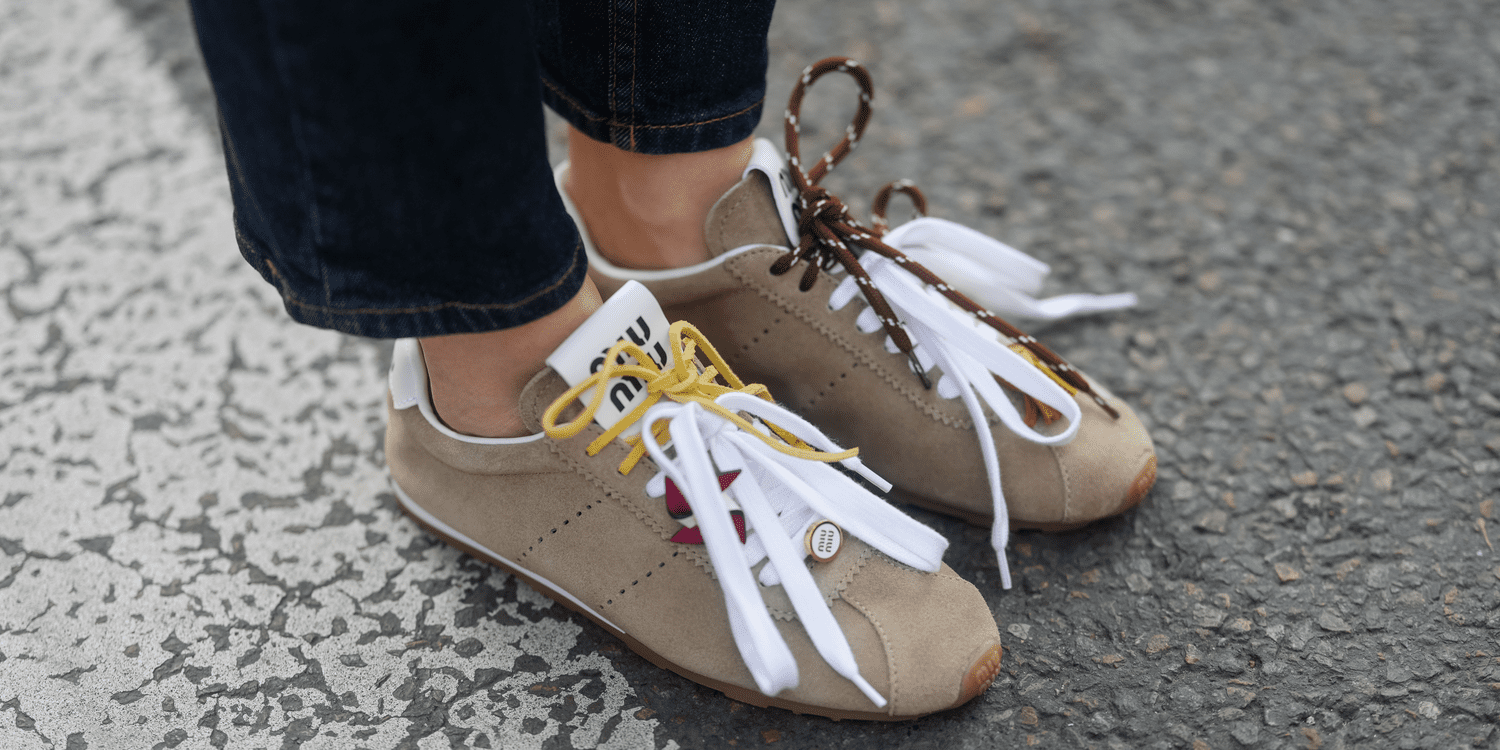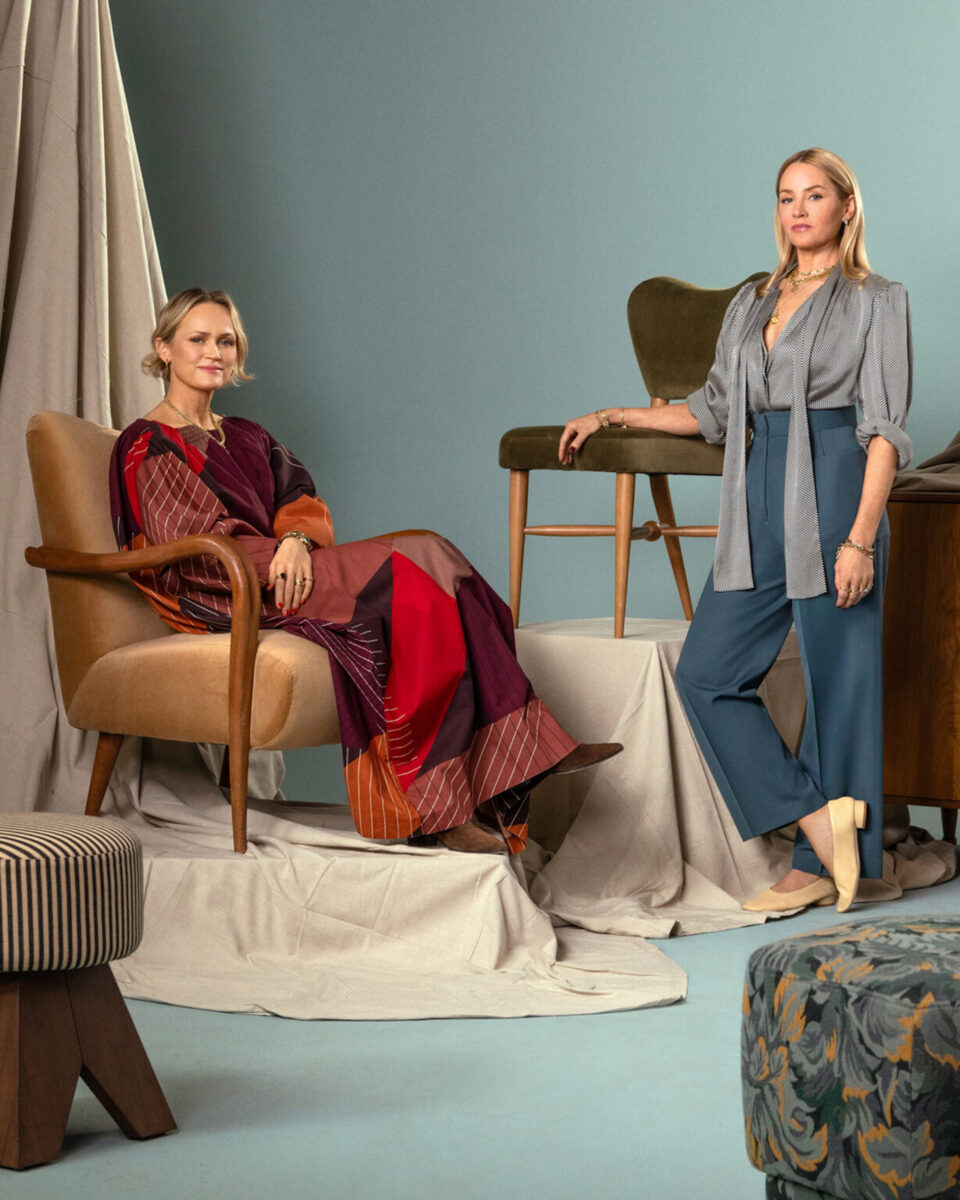
10 Habits of Highly Organized People to Inspire Your Next Decluttering Session
Confounded by clutter? Overwhelmed by overflow? Stifled by stuff? We got you. If a disorganized home leads to a disorganized mind, these home-organization tips may just clear your mind, improve your health, and strengthen your relationships. Well…it’ll clear your home, at least.
We solicited our pros to tell us how organized people stay organized. By investing just a little time—and very little or no cash—you can make a difference in your home and, in turn, your mindset and well-being. Read on for our that-makes-so-much-sense, why-didn’t-I-think-of-that tips and tricks.
Avoid the Big Black Hole
A vast, open storage area invites mess. It’s tempting to fill all that empty space with items that don’t belong together just because they fit—but once you do that, finding anything becomes a big chore. Compartments and containers are your fix. Add bins to an armoire to separate table linens (runners, napkins) from table accents (candlesticks, vases). Keep small pouches in a large handbag so pens, keys, and lip glosses don’t get jumbled at the bottom.
Say ‘No’ to Spillover
Too many stuffed animals to fit in the toy chest? Too many clothes hanging on the rack? Instead of starting another bin for the extras or expanding into the guest room, exile the overflow to the land of the giveaways.
Trick Yourself With Treats
Having a clutter-free room—or even a perfectly organized desk drawer—feels so good, it’s a reward in and of itself. But don’t hesitate to consciously build in positive reinforcements. Promise yourself a pedicure after you’ve organized the garage, or a session of watching The Crown after you’ve purged out-of-fashion clothes, and you’re more likely to follow through. Knowing a sweet or salty treat awaits can keep you going for 10 to 20 minutes, which is enough time to finish boxing up donation items or stocking a pantry shelf. After you reach a goal, take a picture. Share it on Facebook, Instagram, or your favorite group chat. You’re sure to get an extra pat on the back for your hard work.
Build in Behavioral Hooks
When productivity experts talk about hooks, they are talking about actions that lead you seamlessly from Task A to Task B and so on. Hooks are often super-simple behavior changes that propel you to action. For example, as you rinse your cereal bowl with one hand, use your other hand to open the dishwasher and pull out the appropriate rack.
Spend 30 Seconds Now to Save Hours Later
Instead of dropping an item wherever you stopped using it, or onto some random pile, decide where it goes while you’re holding it, and put it there—right then. Otherwise, at some point you’ll just get fed up with the piles and lose a weekend afternoon when you’re finally motivated to put everything away.
Move Castoffs to the Car
When there’s a box or basket in the trunk waiting to be filled with items to give away, it becomes second nature to regularly off-load unused items so they’re not taking up space in your closets. A full container is your cue to officially let go. Drop off the box at a local charity, or mail it through GiveBackBox.com, which offers free shipping labels to send items to a charity of your choice.
Install Plenty of Hooks
When you make the most of wall space—like putting garden gear on a pegboard, hairstyling tools on a mounted rack, or brooms and mops on a hanging organizer—your stuff stays off the floor and within easy reach, and your space looks a lot neater.
Adjust Your Shelves
So simple but such a game-changer: Vary shelf heights so the space fits your needs. This goes for bookcases, medicine cabinets, refrigerators, hall closets, and the pantry.
Think in Zones
Arrange items by use rather than type. In the pantry, group breakfast items: pancake mix, syrup, nut butters, and jams. In the mudroom, create a pool-gear station: goggles, arm floats, and beach towels. By the back door, set up a pet-stuff spot: leash, flashlight, treats, and waste-pickup bags.
Don’t Regret Anything You’ve Tossed
When you separate emotions from purging decisions and admit that a clean, clear surface is more satisfying than having that thing you didn’t use, it’s really not so tough to let go. Prioritize the greater good: a tidier, happier home.



